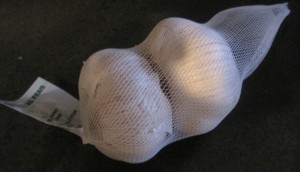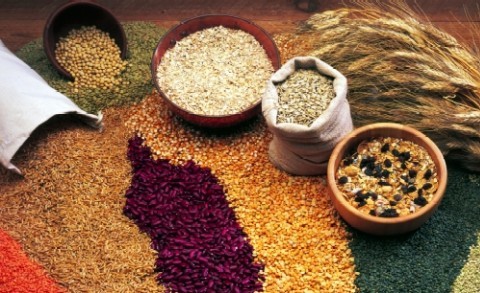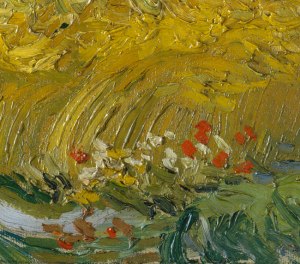Ben Franklin said it best, “Lost time is never found again.”.
Have you ever woke up in the morning and thought, “If I could just sleep 10 more minutes, I’d feel so more refreshed?” But then, 10 minutes turns into 20 and before you know it, you’re scrambling to get out the door and get to work and you haven’t even had a bite to eat at breakfast (and no, a latte does NOT count).
This leads me to today’s post. I’d like to share with you a product that was recently recommended to me by a friend of mine. At first, I was sceptical, well, cynical, that this was worth the money. But, after using it every day for 2 weeks, I have to say – this is a winner! If my name was Oprah Winfrey, I would definitely have this as one of my favourite things. But I’m not. So, I will just have to blog about it instead.
The product that I am gushing about is called Vega Whole Food Health Optimizer. I think the name says it all. But I’d like to go over what it is, the benefits and where to buy it.

Vega - Whole Food Health Optimizer (15 servings of goodness!)
Vega Whole Food Health Optimizer contains 100% of your recommended daily intake of vitamins and minerals, fibre, Omega 3 and 6, EFAs, antioxidants, probiotics, enzymes , ChlorEssence and MacaSure.
It comes in four flavours: Vanilla Chai (my favourite), Chocolate, Berry and Natural Flavour.
It’s free of any allergens and toxic additives such as: animal products, dairy, gluten, soy, sugar, wheat, yeast, artificial sweeteners, GMOs and pesticides.
Additionally, it’s a clean product and alkaline forming. In short, a tall glass of heaven.
It was created by Brendan Brazier, a vegan and a professional iron man athlete. He wanted to create a formula and a line of nutritional products that would aid him to train and recover in the most efficient way.
Here is his story .
He recently developed a new and improved version of the Whole Food Health Optimizer called One.
I just purchased a bunch of the old stuff since it was on sale, so eventually when I run out, I’ll be looking forward to trying this out!
Why do I like this product so much that I would want to share it with you? Here is a quick list of why I think this product is great:
-
Convenient. This is SUPER easy to make. All you really need is a cup, a measuring cup and some water. But if you want to be fancy like me, get your trusty blender out and add a couple of ice cubes and 300ml of water and blend. It makes a bit of a slushy and is delicious! It’s also super easy for when you travel. Just pre-measure the amount you will need depending on the number of days you’re gone and pack it along with the scoop that is provided in the tub. I have a plastic cup with a lid that I bring with me, so all I need to do is put 2 scoops of the powder in the cup along with enough water, put that lid on TIGHT and shake until the mix is dissolved. Then I chug that baby down and I’m done. Believe it or not, it keeps you full for about 3 or 4 hours. Starting to see why I’m loving this so much?
-
Save time in the mornings cooking breakfast. No more waking up and wondering what to make. No more wasting so much money on overpriced breakfast cereals (that are generally laden with sugars). Simply wake up, shake, drink and go. Even if you don’t have time at home, you can always bring and keep some at work to prepare at the office. If you LOOOOVE breakfast, this also makes a great meal replacement for lunch, especially if you have all day meetings or no time to grab lunch. Or you could have half of a serving as a snack!
-
Save money vitamins. Since this product contains 100% of your recommended daily intake of vitamins, you won’t need to shell out money on supplements and multivitamins. Yes, please!
-
More energy and knowing that you’re doing something great for your health. I’ve definitely noticed that I have more energy and just feel good since taking this product. Digestion is better and I have more clarity and focus.
-
Gluten, dairy, wheat, soy, sugar, chemical free product – ‘nough said!
-
Good for the environment. I thought this was clever:

I thought this was interesting.
So, where does one purchase this fine product? It can be found at any health food store such as Noah’s or in the health food store section of your grocery store.
This site also sells it http://shopca.sequelnaturals.com/ and will also indicate where Vega products are sold http://myvega.com/find-a-store .
It costs anywhere from $60 to $80 depending on the store.
Like I said, I’ve been seeing it on sale since there will be a new version launched soon. But it’s totally worth the cost considering the money you spend each month on vitamins and breakfast. Plus, aren’t you worth it?
If you’ve read this and thought that this sounds amazing and would really benefit you then I suggest that you buy some (you can buy a smaller tub for about $45) and try it out for a week and see how you like it. Why not?
I hope at the very least, I’ve given you some good information and something different to think about.
Enjoy!



 The third spice that I’d like to talk about in my spice series (and no, I don’t mean
The third spice that I’d like to talk about in my spice series (and no, I don’t mean 











